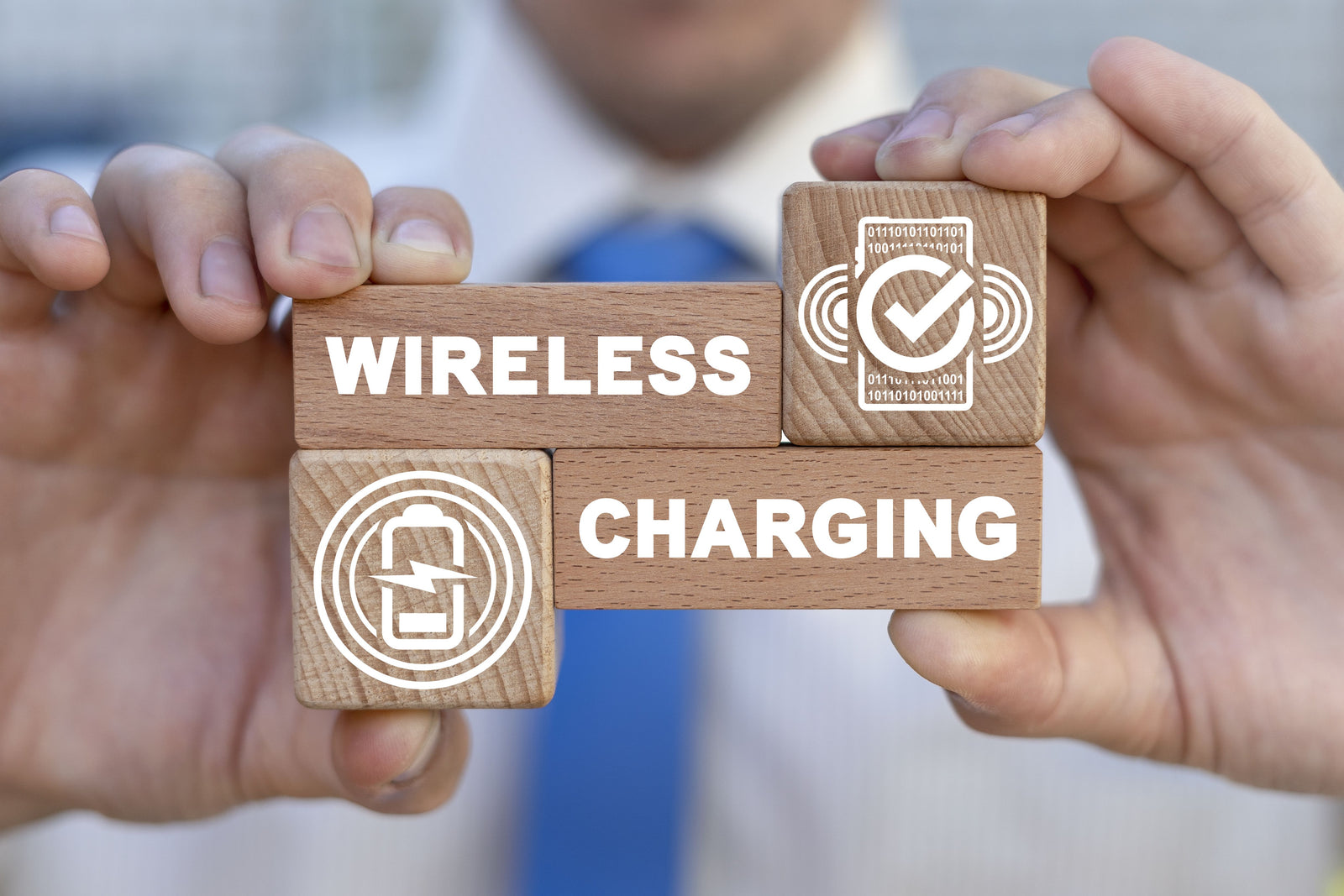
With the advent of new technologies, we always seem to raise our expectations according to potential new breakthroughs, whether they’re realistic or not. This is more or less how people (still) view wireless charging as a technology and if current trends are to be believed, we can safely expect it to reach new heights over the next few years.
The latest development with respect to wireless charging has more to do with the coming together of multiple standards rather than an emergent or groundbreaking new innovation. And although it might not seem much, it is surely something that can quicken its global spread even faster than it has done so far.
Whenwe talk about the future of wireless charging and its potential, we have to mention that the largest wireless charging powers have already agreed a while back to join forces to make it easier for new devices to integrate a standard for wireless technologies. This is how the Alliance for Wireless Power and Power Matters Alliance converged to create the AirFuel Alliance.
The reason behind this is the ever-growing need for a unified universal standard for wireless charging. In many ways, a unified global wireless charging ecosystem makes it easier for emerging technologies to adhere to a specific set of functional parameters. In other words, the wireless climate is a lot more unified nowadays compared to just a few years ago.
Far from an easy road so far
To better understand where wireless charging is coming from, we should perhaps look at the fundamental differences between the two main wireless charging standards that dominated the market in those first few years - AWP and PMA. While PMA relies heavily on magnetic induction, the dependence on the alignment of transmitter coils makes it quite peculiar in its application.
With AWP charging, it is more about magnetic resonance, a principle that’s been in play for a host of wireless-based devices over the years, not just chargers. The drawback here is that it trades power transfer rates for convenience, which in turn affects its overall efficiency. As you may have guessed, this also affects the charging speed.
So in a way, the fact that AWP and PMA joined forces to create a universal charging standard makes for a far more convenient and dependable solution to people’s wireless charging needs. Having said that, there is still a long way to go until both of these technologies can be safely housed into the same general-purpose wireless charging system.
If we are to make assumptions by looking at what’s around the corner with respect to mobile technology and handheld appliances, we can inferthat the future of wireless charging is about multi-mode systems that will eventually replace the (already) stagnating wireless charging standards of yesterday.
To be more specific, such a multi-mode system will have to employ a functional multi-mode antenna to make smartphones ‘agnostic’ from a charging flexibility standpoint. That aside, it also has its issues with Qi charging which is yet another powerful standard that may or may not make a common front with AirFuel Alliance at some point in the future.
Support concerns
Speaking of Qi, know that Qi also involves resonance charging as of a couple of years ago, which means that PMA and AWP aren’t the only ones that are moving forward at a speedy pace. If anything, the Qi standard also promises backward compatibility for receiver devices like smartphones and tablets sold in these past few years.
So in a way the concern isn’t that AirFuel flies solo but that it might actually get challenged for its privileged spot sooner or later, be it by Qi or another emerging standard. To put it bluntly, AirFuel is inductive and resonant while Qi offers pretty much the same thing minus the AirFuel compatibility.
At this point, you’re probably just as confused as we are about the exact purpose of AirFuel as an international standard considering the widespread availability of Qi charging.
Still, wireless charging as a whole represents less than 20% of the global market in regards to device recharging, so we’re still not close to having to worry about switching chargers for practical reasons.
The inevitable multi-mode
Considering the fact that few smartphones offer wireless charging availability at the moment, the most realistic scenario for implementing AirFuel is if it’s part of a multi-mode system. In other words, next-generation smart devices might actually be compatible with both the AirFuel and Qi standards for good measure.
Technically speaking,the future of wireless charging relies on a Broadcom chip that can toggle between multiple wireless charging standards in the background without affecting a phone’s performance. For the time being, this chip allows the switch between PMA and Qi without any limitations to speak of.
As impressive as this may be, it still doesn’t feel like a permanent solution to the multi-mode problem, yet it is definitely something to give us hope for the future.
It should be said that a dual-mode receiver relies on manufacturers to integrate experimental technologies into their flagship devices with little long-term benefit.
We say this because the technology is still in its infancy, at least when compared with wired charging and traditional devices. If at any given point, the standards should change based on new technological developments, then these manufacturers would have no choice but to spend an awful lot of resources on keeping up with the change.
It is therefore easy to see why even the big players in the industry might show reluctance towards multi-mode systems, as accommodating as they may be. For the time being, we would do well to retain a certain level of skepticism about the whole enterprise while still being positive about the potential that this technology shows.






